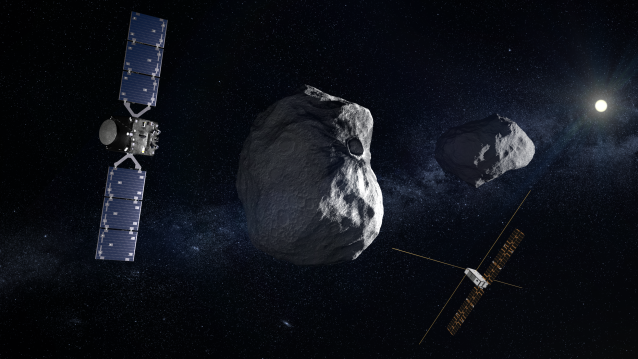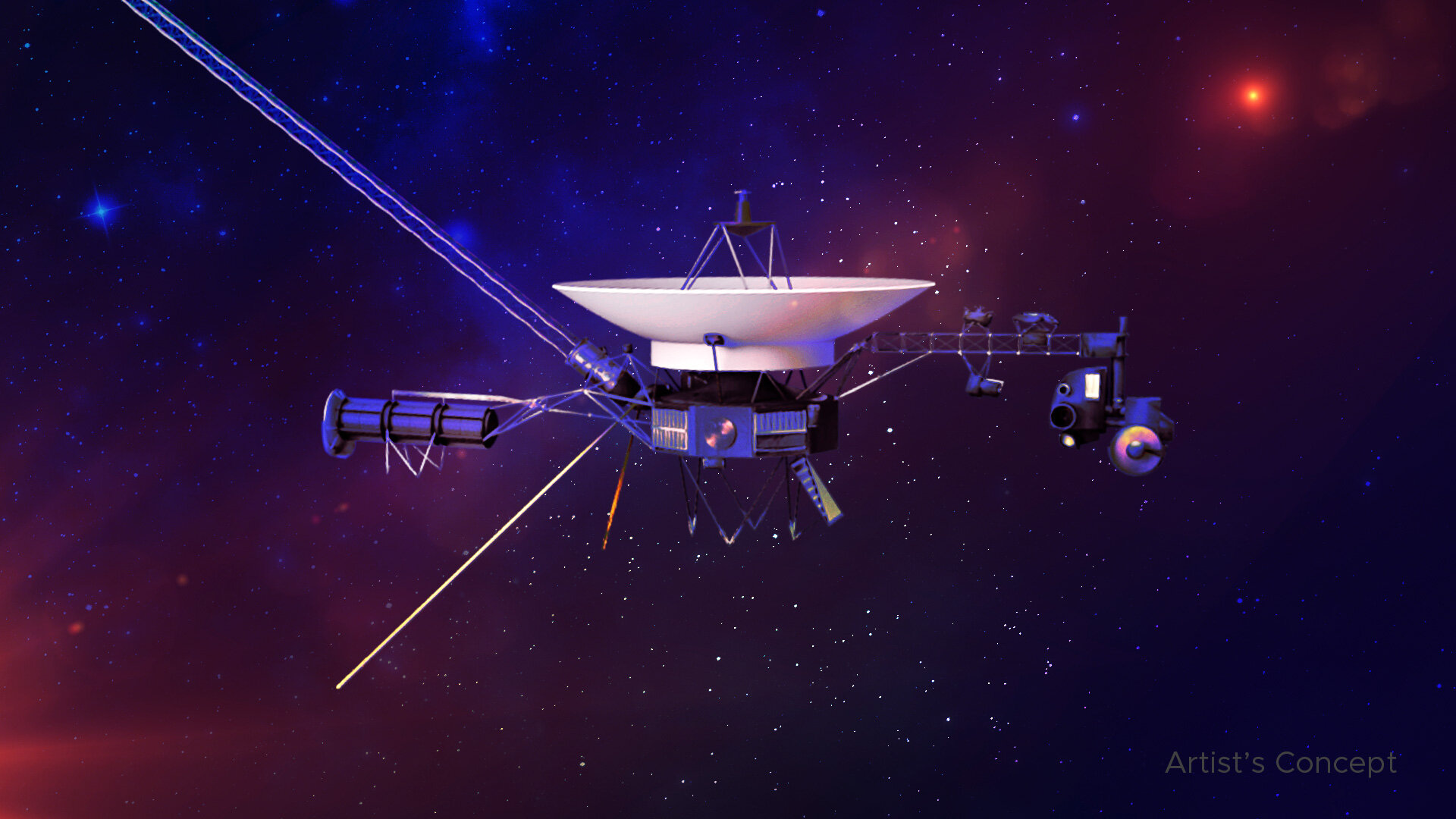NASA has teamed up with the European Space Agency (ESA) to launch the Hera mission in October 2024. The goal of the mission is to study the binary asteroid system Didymos and its moonlet Dimorphos, which was impacted by NASA’s DART spacecraft on September 26, 2022. The Hera mission will involve 12 selected scientists from NASA who will bring their expertise to this groundbreaking research endeavor.
The primary objective of the DART and Hera missions is to confirm the kinetic impact method as a viable technology for diverting an asteroid heading towards Earth, if such a threat is identified. Additionally, the missions aim to increase our understanding of near-Earth asteroids, which pose a potential hazard to our planet.
During the Hera mission, scientists will focus on studying the impact of NASA’s DART spacecraft on Dimorphos and validating the kinetic impact method as a means of deflecting asteroids on a collision course with Earth. Through a combined effort between NASA and ESA, the Hera mission will provide vital insights into the potential for using kinetic impact technology to safeguard Earth from asteroid impacts.
By learning more about near-Earth asteroids and their characteristics, scientists hope to enhance our ability to respond to potential threats and protect our planet from this natural hazard. The research conducted during the Hera mission will contribute to our understanding of asteroid deflection methods and inform future planetary defense strategies. Overall, this collaboration between two space agencies marks a significant step forward in our efforts to safeguard Earth from potential threats posed by near-Earth asteroids.



